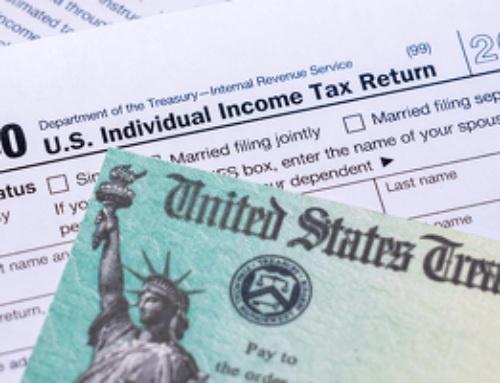Virtually anyone with a qualified retirement savings account can convert funds into a Roth IRA. A Roth is different from other retirement accounts in that contributions come from after-tax dollars, while earnings are tax-free. The question for taxpayers with funds in tax-deferred Traditional IRAs, SEP-IRAs, 401(k)s, and 403(b)s is whether converting them into a Roth is worth it.
Roth Basics
Major benefits of a Roth IRA:
- Earnings are free from federal tax. This can be of tremendous benefit if you are in a high tax bracket during retirement.
- Unlike Traditional IRAs, you can keep contributing to a Roth after age 70½.
- Unlike Traditional IRAs, there are no minimum required distribution rules.
Downsides of a Roth IRA:
- Because initial contributions are made with after-tax funds, you must pay income tax on the amounts converted from other retirement funds.
- If the tax paid during the conversion is taken from your retirement funds, you could be subject to a 10% early withdrawal penalty.
Things to consider
- You should have enough money outside of your retirement account to pay the tax on the conversion.
- A Roth makes the most sense if you think you will face higher tax rates when you retire.
- A Roth conversion will increase your reported annual income by the amount converted during the year. If you aren’t careful, this could disqualify you for important tax benefits, such as dependent child and college tuition tax credits.
- A Roth needs time to build tax-free earnings. The more time you have before retirement, the more a Roth makes sense.
It is important to understand your options, so remember to ask for assistance prior to making a Roth conversion.
An Early Roth IRA Conversion Tip
It’s best to take action early in the tax year if you want to roll funds into a Roth IRA. That’s because an early move into a Roth typically gives you the option to re-convert your funds through October 15th of the following tax year. The IRS calls this process recharacterization.
Example: Sam converts $50,000 from a Traditional IRA to a Roth in January. By October, the Roth is worth only $40,000 because Sam’s investments lost value. If Sam does nothing he will still pay taxes on $50,000 converted from his Traditional IRA in January. Instead Sam can recharacterize some or all of the funds back into a Traditional IRA and pay no taxes on the conversion.
- Full year of earnings growth. After your conversion, you will have a full year to build after-tax earnings (or accumulate losses) in your new Roth, giving you time to see if a recharacterization makes sense.
- You have a full year to plan for the tax. Remember, you will want to pay the tax on rollovers with after-tax funds. This allows you to maximize the amount converted.
Roth Conversion Tips - Separate the account. Keep the funds you convert in a separate account from other Roth investments. This will keep the account clean should you need to undo your conversion.
Each person’s situation is unique. Carefully review your options prior to taking action.






